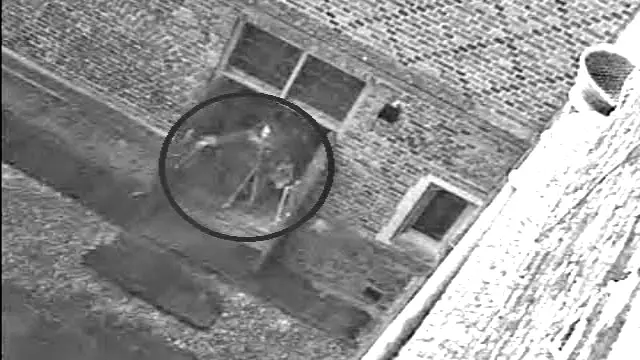nPostednon February 9, 2014
n
n
n
n
n
n
n
n
nAlettanJacobs was born in the Netherlands on this date in 1854. At age 13nshe went off, as was common then, to a “ladies’ school,” but shendidn’t enjoy it and returned home after just two weeks. She learnednat home for a while—housework, French, German, Latin, and Greek. Atnage 17 Jacobs began studying at the University of Groningen; laternshe studied at Amsterdam University, and she ended up earning anmedical degree and a medical doctorate.
n
n
n
nThat made Jacobs the first woman in the Netherlands to complete a university course AND the Netherlands’ first female doctor.
n
n
n
nShe set up practice as andoctor and a psychologist.
n
n
n
n
n
nJacobsntraveled to England to see how women were treated at universitiesnthere, and later she began to work with union and governmentnofficials to better the lives of women in the Netherlands. Shenstarted and ran a free clinic for poor women and children, where shentreated medical problems, provided medicine that helped women limitnthe size of their families, and taught about hygiene and infant care.
n
n
n
n
n
n
nInn1882, Aletta Jacobs wrote a letter to the mayor of Amsterdam. Shenpointed out that she paid the legally required amount of taxes to beneligible to vote and asked why, therefore, she was not registered tonvote. He answered that the law didn’t specifically say that womenncouldn’t vote but that, clearly, the spirit of the law was tondisallow women voting. n
n
n
n
n
n
nShendidn’t take his word as law, though; sued for the right to vote. Then(male) court backed the (male) mayor, and when Jacobs appealed thencourt still wouldn’t budge. Finally, the law was formally altered sonthat, whenever voting was mentioned, the law specifically said “malencitizen” rather than “citizen.”
n
n
n
n
n
nJacobs’snefforts to votes made it perfectly clear to all women in thenNetherlands: they couldn’t vote.
n
n
n
n
n
n
nJacobsnjoined a Dutch women’s suffrage group and eventually became itsnleader. She helped start some international women’s suffrage groups,nas well, and traveled widely as she worked on behalf of womenneverywhere. n
n
n
nSomenDutch people who were working on voting rights thought that lowernclass men, who did not pay enough taxes to be allowed to vote, shouldnobtain the right to vote before upper class women did. (And, yes,nmost people in the women’s suffrage groups were upper class.) But itnturned out that both groups obtained voting rights at the same time.nIn 1917, all women and men won the right to stand for election (innother words, to run for the office of, say, mayor or legislator), andnin 1919, all women and men won the right to vote.
n
n
n
n
nAlsonon this date:
n
n
n
n
n
n
n
n
n
| n
n
n |
n
n
n
n
n
n
n
n
n
n
n
n
n
n
n
n
nFeastnof St. Maron in Lebanon
n
n
n
n
n
n
n
n
n
n
n
n
n
n
n
n
nMini-golfnand Volleyball Day
n
n
n
n
n
n
n
n
n
n
n
n
n
n
n
n
n
nGlaciologistnand aerial photographer Erich Dagobert von Drygalski’s birthday
n
n
n
n
n
n
n
n
n
n
n
n
n
nPlannahead:
n
n
n
n
n
nChecknout my Pinterest boards for:
n
- n
-
nFebruaryn holidays
n
-
nFebruaryn birthdays
n
n
n
n
- n
-
n
n
n
n
n
n
n
nAndnhere are my Pinterest boards for:
n
- n
-
n
-
n
-
n
n
n
n
n
nnnnnnnnn
n
n
n

























